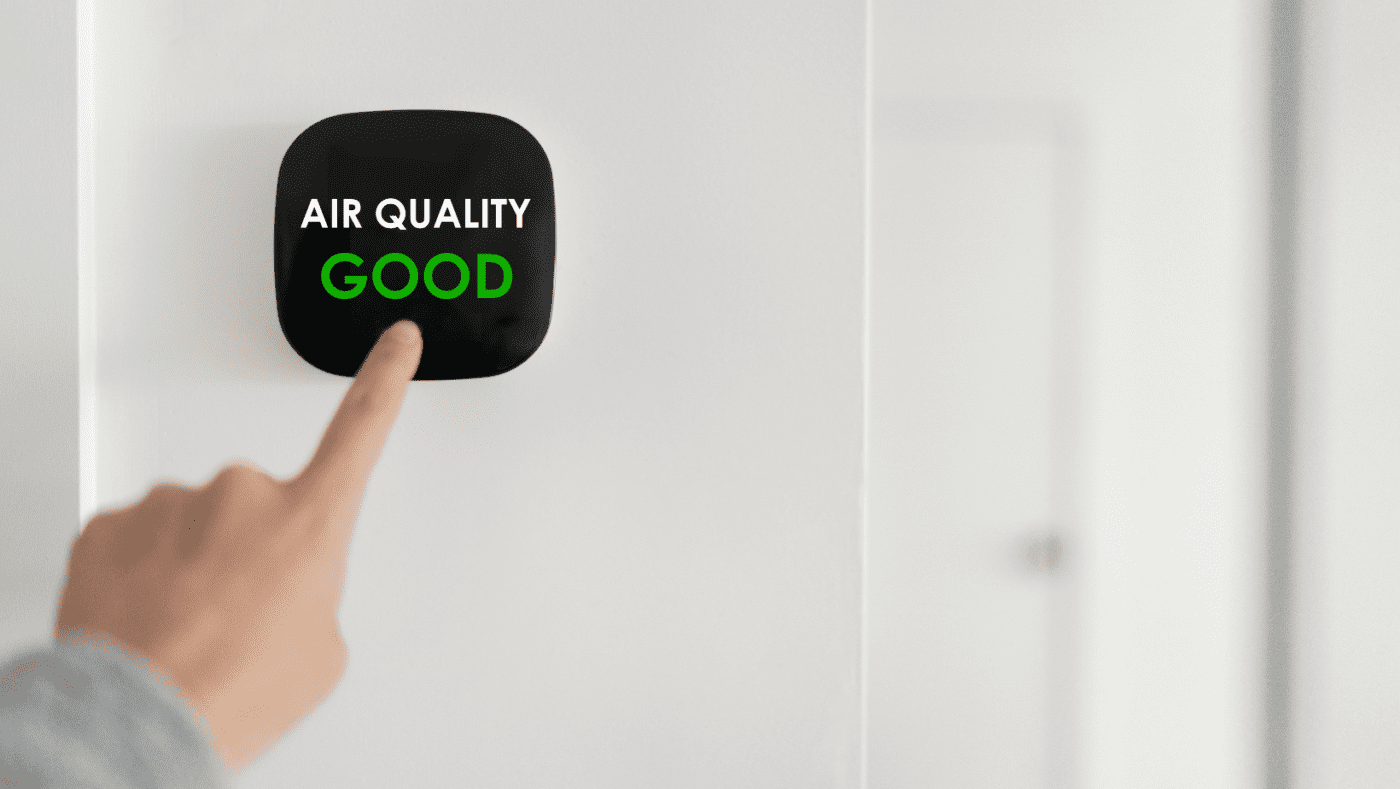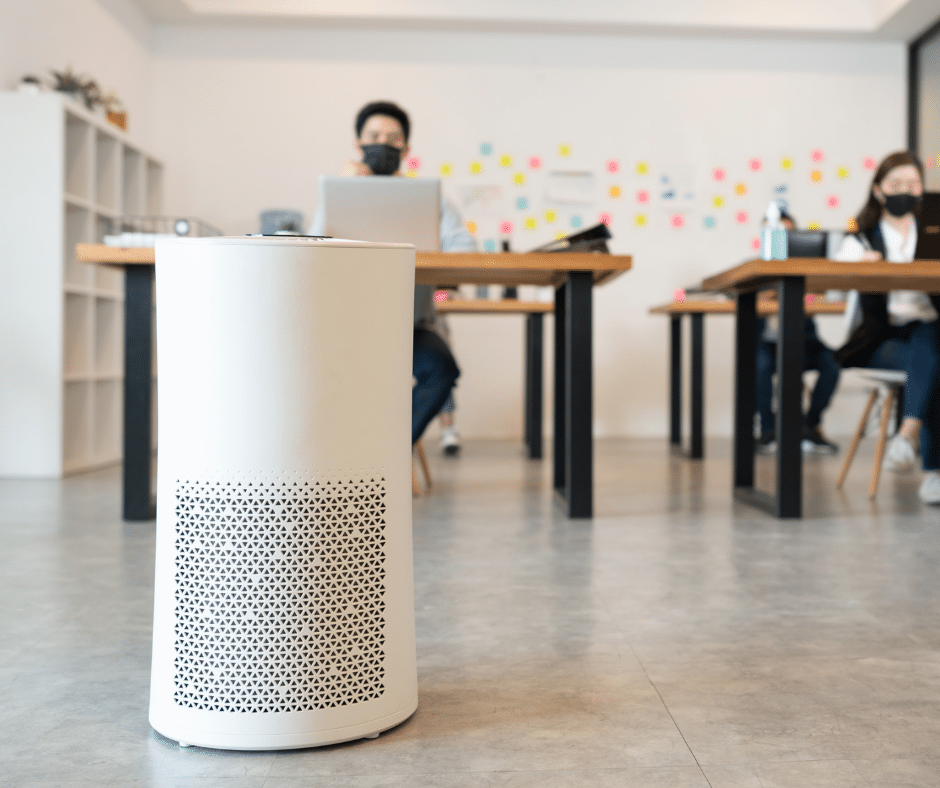
Workplace air quality is an important consideration for any manager. Employees provide more productivity with fewer sick days when they work in an area with clean, healthy air. Clean air can even improve employees’ moods and investors’ attitudes. Air quality isn’t easy to see, but it’s certainly felt. Follow these steps to improve air quality and create a better workplace.
Practice Proper HVAC Maintenance
The office’s HVAC equipment plays a big role in indoor air quality. The maintenance staff must change the air filters regularly so they can properly remove allergens and irritants from the air. Filters require monthly inspections and routine changes every one to three months. The building manager should also schedule professional tune-ups for the heating and cooling systems once a year.
Install an Air Purifier

An air purifier can improve air quality by removing the smaller particles that standard HVAC air filters miss. High-quality commercial air purifiers can remove up to 99.99% of airborne irritants. It’s important to choose filters and purifiers custom-suited to the needs of each individual workplace. Hospitals will use HEPA filters and top-of-the-line air purifiers to capture bacteria and viruses. Hotels need air purifiers that can contend with pet dander and tobacco smoke. Choose this system thoughtfully for optimal results.
Open the Windows
Many offices tend to keep their windows tightly shut to keep heating and cooling in. However, it’s helpful to throw open the windows in mild weather when heating and cooling aren’t necessary. Also, many HVAC systems can run in fan-only mode to keep air circulating while fresh air comes in from the outdoors and stale air gets vented outside.
Consider the Layout
Evaluate the building layout to make sure there are no major obstructions to airflow. Locate air vents and ensure that curtains, furniture, appliances, shelves, and boxes are well out of the way. Consider the way air will move throughout the space and situate cubicles and other barriers so that air can move freely from the vents and out into the workspace. Place heat-producing devices like computers and other electronic equipment away from thermostat sensors so the system gets accurate readings. Sensors should be in an open, central location.
Keep the Workplace Clean
Routine cleaning will go a long way toward improving workplace air quality. The cleaning crew should vacuum carpets and furniture, dust, remove trash, and sanitize surfaces daily. Any draperies, tapestries, or other fabrics require regular laundering. Using eco-friendly cleaning products can further boost air quality by eliminating some of the chemicals that are common in conventional cleaning solutions. While most cleaning takes place in the evening after hours, it’s also important to have someone on hand to address immediate messes. Remember, a spilled drink that’s left to linger can encourage microbial growth. The easiest way to address air quality is from the ground up. Working with a reliable contractor on new buildings allows companies to build in all the necessary features for a healthy workplace. Michael Walker Construction offers outstanding attention to detail with every feature to help clients create the most comfortable and productive spaces possible.